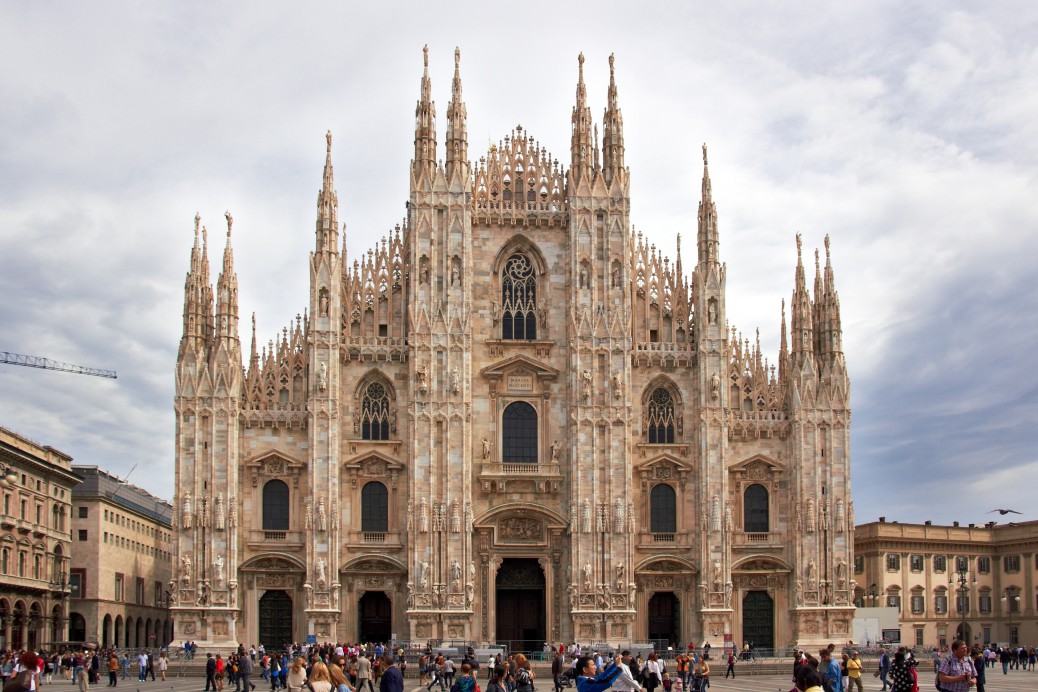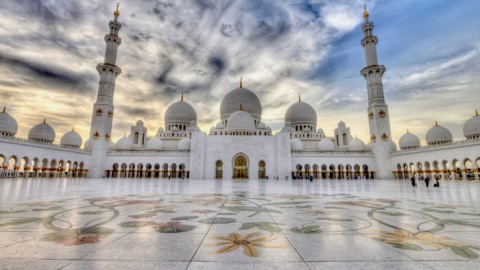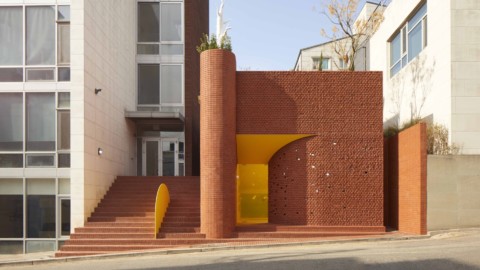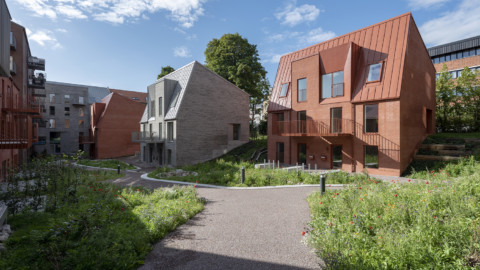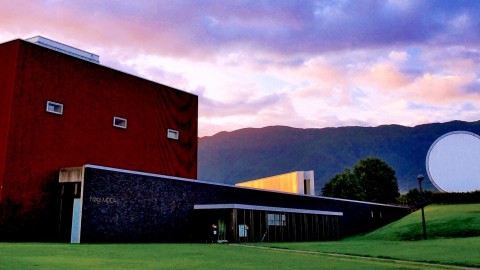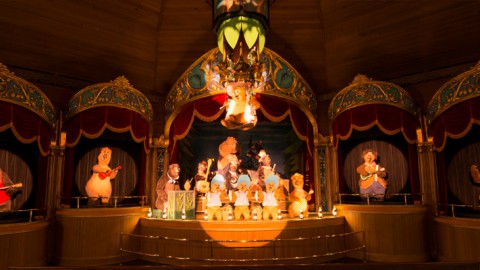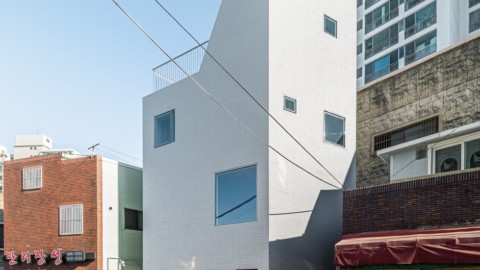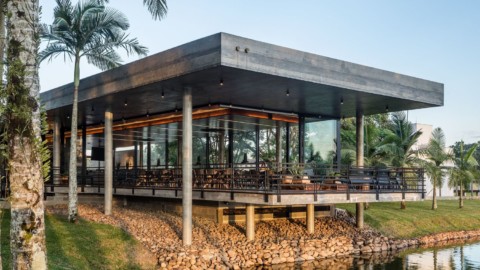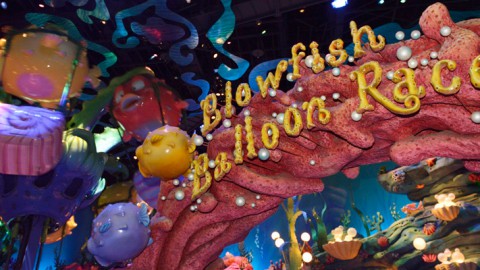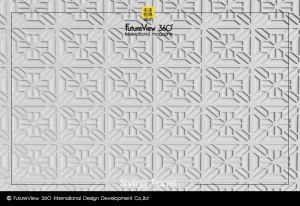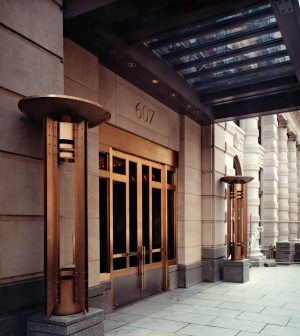Milan Cathedral 米蘭主教座堂
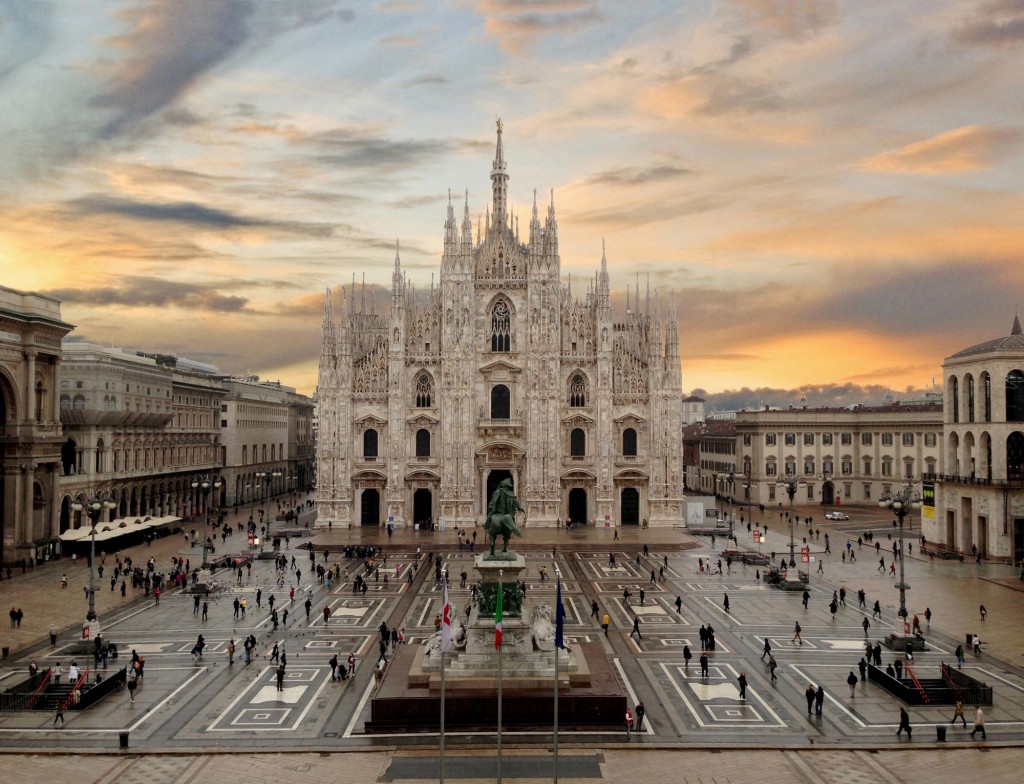
From: https://en.wikipedia.org/wiki/Milan_Cathedral
Location Via Carlo Maria Martini, 1
20122 Milan
Country Italy
Denomination Roman Catholic
Tradition Ambrosian Rite
Website Milan Duomo
Architecture
Status Cathedral, minor basilica
Functional status Active
Architect(s) Simone da Orsenigo
et al.
Style Italian Gothic
Groundbreaking 1386 (original building)
Completed 1965
Specifications
Capacity 40,000
Length 158.6 metres (520 ft)
Width 92 metres (302 ft)
Nave width 16.75 metres (55.0 ft)
Height 108 metres (354 ft)
Other dimensions Facade facing West
Dome height (outer) 65.6 metres (215 ft)
Number of spires 135
Spire height 108.5 metres (356 ft)
Materials Brick with Candoglia marble[2] Administration
Archdiocese Archdiocese of Milan
Clergy
Archbishop Mario Delpini
Laity
Director of music Claudio Burgio
Organist(s) Emanuele Carlo Vianelli
位置通過卡羅瑪麗亞馬丁尼,1
20122米蘭
國家意大利
宗教羅馬天主教
傳統Ambrosian禮拜式
網站米蘭大教堂
建築
狀態大教堂,輕微大教堂
功能狀態Active
建築師Simone da Orsenigo
等人。
樣式意大利哥特式
開創性1386(原建築)
1965年竣工
產品規格
容量40000
長度158.6米(520英尺)
寬度92米(302英尺)
中殿寬度16.75米(55.0英尺)
身高108米(354英尺)
其他尺寸正面朝西
圓頂高度(外部)65.6米(215英尺)
數量的尖塔135
塔尖高度108.5米(356英尺)
材料磚與Candoglia大理石[2] 行政
米蘭的大主教管區
牧師
大主教馬里奧德爾皮尼
俗人
音樂總監Claudio Burgio
Organman(s)Emanuele Carlo Vianelli
St Thecla’s
Saint Ambrose barring Theodosius from Milan Cathedral by Anthony van Dyck
Milan’s layout, with streets either radiating from the Duomo or circling it, reveals that the Duomo occupies what was the most central site in Roman Mediolanum, that of the public basilica facing the forum. The first cathedral, the “new basilica” (basilica nuova) dedicated to St Thecla, was completed by 355. It seems to share, on a slightly smaller scale, the plan of the contemporaneous church recently rediscovered beneath Tower Hill in London.[5] An adjoining basilica was erected in 836. The old octagonal baptistery, the Battistero Paleocristiano, dates to 335 and still can be visited under the Milan Cathedral. When a fire damaged the cathedral and basilica in 1075, they were rebuilt as the Duomo.
Construction begins
In 1386, Archbishop Antonio da Saluzzo began construction of the cathedral. Start of the construction coincided with the ascension to power in Milan of the archbishop’s cousin Gian Galeazzo Visconti, and was meant as a reward to the noble and working classes, who had suffered under his tyrannical Visconti predecessor Barnabò. Before actual work began, three main buildings were demolished: the palace of the Archbishop, the Ordinari Palace and the Baptistry of St. Stephen at the Spring, while the old church of Sta. Maria Maggiore was exploited as a stone quarry. Enthusiasm for the immense new building soon spread among the population, and the shrewd Gian Galeazzo, together with his cousin the archbishop, collected large donations for the work-in-progress. The construction program was strictly regulated under the “Fabbrica del Duomo”, which had 300 employees led by first chief engineer Simone da Orsenigo. Orsenigo initially planned to build the cathedral from brick in Lombard Gothic style.
Visconti had ambitions to follow the newest trends in European architecture. In 1389, a French chief engineer, Nicolas de Bonaventure, was appointed, adding to the church its Rayonnant Gothic, a French style not typical for Italy. He decided that the brick structure should be panelled with marble. Galeazzo gave the Fabbrica del Duomo exclusive use of the marble from the Candoglia quarry and exempted it from taxes. Ten years later another French architect, Jean Mignot, was called from Paris to judge and improve upon the work done, as the masons needed new technical aid to lift stones to an unprecedented height.[8] Mignot declared all the work done up till then as in pericolo di ruina (“peril of ruin”), as it had been done sine scienzia (“without science”). In the following years Mignot’s forecasts proved untrue, but they spurred Galeazzo’s engineers to improve their instruments and techniques. Work proceeded quickly, and at the death of Gian Galeazzo in 1402, almost half the cathedral was complete. Construction, however, stalled almost totally until 1480, for lack of money and ideas: the most notable works of this period were the tombs of Marco Carelli and Pope Martin V (1424) and the windows of the apse (1470s), of which those extant portray St. John the Evangelist, by Cristoforo de’ Mottis, and Saint Eligius and San John of Damascus, both by Niccolò da Varallo. In 1452, under Francesco Sforza, the nave and the aisles were completed up to the sixth bay.
Giovanni Antonio Amadeo on the “Amadeo’s Little Spire”.
In 1500 to 1510, under Ludovico Sforza, the octagonal cupola was completed, and decorated in the interior with four series of 15 statues each, portraying saints, prophets, sibyls and other Figures from the Bible. The exterior long remained without any decoration, except for the Guglietto dell’Amadeo (“Amadeo’s Little Spire”), constructed 1507-1510. This is a Renaissance masterwork which nevertheless harmonized well with the general Gothic appearance of the church.
During the subsequent Spanish domination, the new church proved usable, even though the interior remained largely unfinished, and some bays of the nave and the transepts were still missing. In 1552 Giacomo Antegnati was commissioned to build a large organ for the north side of the choir, and Giuseppe Meda provided four of the sixteen pales which were to decorate the altar area (the program was completed by Federico Borromeo). In 1562, Marco d’ Agrate’s St. Bartholomew and the famous Trivulzio candelabrum (12th century) were added.
St Thecla
聖安布羅斯從米蘭大教堂禁止狄奧多西安東尼範戴克
米蘭的佈局,從大教堂散發或盤旋的街道,顯示了大教堂佔據了羅馬中心區最重要的地方,面對論壇的公共大教堂。第一座大教堂是聖塞克拉教堂的“新大教堂”(聖母大教堂),已經完工了355年。似乎稍微分一點,最近在倫敦塔山下發現了同期教堂的計劃。 836年建立了一座毗連的大教堂。舊的八角形洗禮池Battistero Paleocristiano可追溯到335年,仍然可以在米蘭大教堂下面參觀。 1075年,當大火和大教堂遭到火災損壞時,他們被重建為大教堂。
施工開始
1386年,安東尼奧達薩盧佐大主教開始建造大教堂[7]。施工開始正好與米蘭大主教表哥Gian Galeazzo Visconti的掌權有關,是為了維護他的暴君Visconti前任巴納博的高尚和工人階級的回報。在實際工作開始之前,三座主要的建築被拆毀了:春天的大主教宮殿,普桑裡宮和聖斯蒂芬洗禮堂,瑪利亞·馬焦雷被利用作為採石場。這座巨大的新建築的熱情很快就在人口中傳播開來,精明的Gian Galeazzo和他的大主教表弟一起為正在進行的工作募集了大筆捐款。施工計劃在“法布里卡大教堂”(Fabbrica del Duomo)的嚴格管制之下,由第一任總工程師Simone da Orsenigo領導的300名員工。 Orsenigo最初計劃從倫巴第哥特式風格的磚建造大教堂。
維斯康蒂有追隨歐洲建築最新潮流的雄心。 1389年,一位法國首席工程師尼古拉·德·文德文(Nicolas de Bonaventure)被任命為教堂的代表人物,這是一種法國風格的Rayonnant Gothic,這種風格在意大利並不典型。他決定磚結構應該用大理石鑲板。 Galeazzo給了Fabbrica del Duomo獨家使用Candoglia採石場的大理石,並免除稅收。十年之後,另一位法國建築師讓·米尼奧(Jean Mignot)來自巴黎,對所做的工作進行評估和改進,因為石匠需要新的技術援助來將石塊抬高到前所未有的高度。 Mignot宣布了所有的工作,就像在pericolo di ruina(“毀滅的危險”)一樣,因為它已經做了正弦科學(“沒有科學”)。在接下來的幾年中,Mignot的預測被證明是不真實的,但是他們激發了Galeazzo的工程師改進他們的儀器和技術。工作進行得很快,在1402年Gian Galeazzo去世的時候,大教堂的一半幾乎完工了。然而,由於缺乏金錢和觀念,施工幾乎完全停滯,直到1480年:這一時期最著名的作品是馬可·卡雷利(Marco Carelli)和馬丁五世(Martin Martin V,1424)的墓葬以及後世的窗戶(1470年代)現存描繪了克里斯托弗·德·莫蒂斯的聖約翰福音傳教士,以及尼可羅·達·瓦拉洛(Niccolòda Varallo)的聖艾力ius斯和大馬士革的聖約翰。 1452年,在弗朗西斯科·斯福爾扎(Francesco Sforza)的帶領下,教堂中殿和通道完成到第六個海灣。
Giovanni Antonio Amadeo在“Amadeo的小尖頂”上。
在1500至1510年間,在盧多維科·斯福爾扎(Ludovico Sforza)的下方,八角形的沖天爐完工,在內部裝飾著四個系列的15個雕像,塑造聖經中的聖徒,先知,兄弟和其他人物。除了Guglietto dell’Amadeo(“Amadeo的小尖頂”),建築外部長期沒有任何裝飾,建造1507年至1510年。這是一個文藝復興時期的傑作,儘管如此與教堂的哥特式外觀相得益彰。
在隨後的西班牙統治期間,即使內部仍然大部分未完成,新的教堂證明是可用的,中殿的一些海灣和transepts仍然失踪。 1552年,Giacomo Antegnati被委託為合唱團北側建造一個大型風琴,而朱塞佩•梅達(Giuseppe Meda)提供了16個裝飾祭壇區域的四個(該程序由Federico Borromeo完成)。在1562年,馬克d Agrate的聖巴塞洛繆和著名的特里烏爾齊奧燭台(12世紀)被添加。
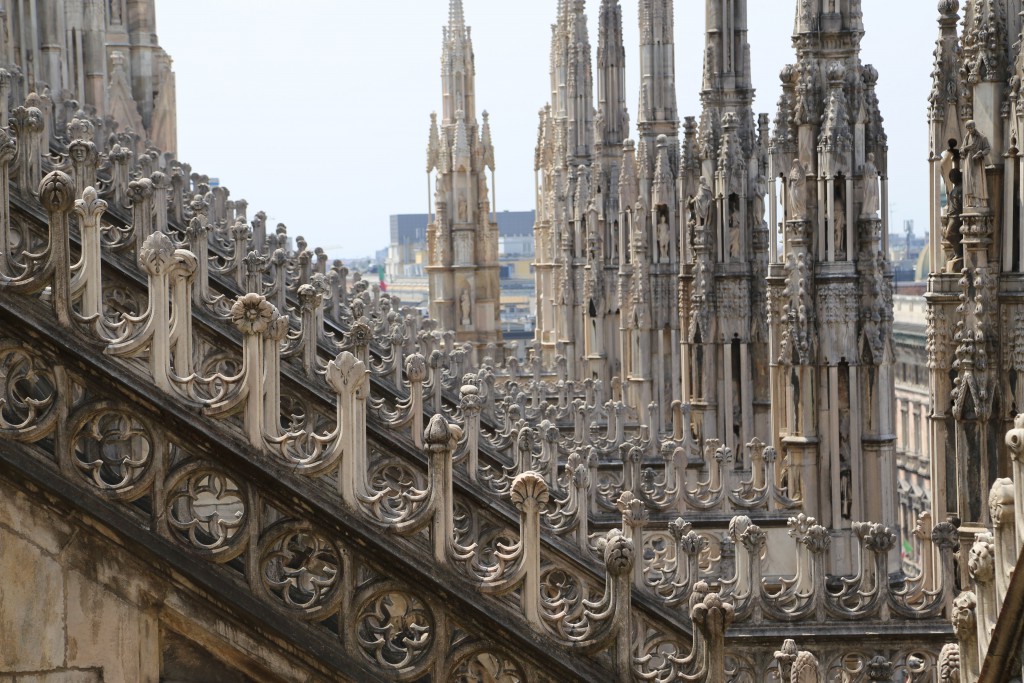
Plan of the Cathedral in the 16th century
After the accession of Carlo Borromeo to the archbishop’s throne, all lay monuments were removed from the Duomo. These included the tombs of Giovanni, and Filippo Maria Visconti, Francesco I and his wife Bianca, Galeazzo Maria, which were brought to unknown destinations. However, Borromeo’s main intervention was the appointment, in 1571, of Pellegrino Pellegrini as chief engineer— a contentious move, since to appoint Pellegrino, who was not a lay brother of the duomo, required a revision of the Fabbrica’s statues.
Borromeo and Pellegrini strove for a new, Renaissance appearance for the cathedral, that would emphasise its Roman / Italian nature, and subdue the Gothic style, which was now seen as foreign. As the façade still was largely incomplete, Pellegrini designed a “Roman” style one, with columns, obelisks and a large tympanum. When Pellegrini’s design was revealed, a competition for the design of the façade was announced, and this elicited nearly a dozen entries, including one by Antonio Barca
This design was never carried out, but the interior decoration continued: in 1575-1585 the presbytery was rebuilt, while new altars and the baptistry were added. The wooden choir stalls were constructed by 1614 for the main altar by Francesco Brambilla. In 1577 Borromeo finally consecrated the whole edifice as a new church, distinct from the old Santa Maria Maggiore and Santa Tecla (which had been unified in 1549 after heavy disputes).
17th century
The cathedral as it appeared in 1745.
At the beginning of the 17th century Federico Borromeo had the foundations of the new façade laid by Francesco Maria Richini and Fabio Mangone. Work continued until 1638 with the construction of five portals and two middle windows. In 1649, however, the new chief architect Carlo Buzzi introduced a striking revolution: the façade was to revert to original Gothic style, including the already finished details within big Gothic pilasters and two giant belfries. Other designs were provided by, among others, Filippo Juvarra (1733) and Luigi Vanvitelli (1745), but all remained unapplied. In 1682 the façade of Santa Maria Maggiore was demolished and the cathedral’s roof covering completed.
In 1762 one of the main features of the cathedral, the Madonnina’s spire, was erected at the dizzying height of 108.5 m. The spire was designed by Carlo Pellicani and sports at the top a famous polychrome Madonnina statue, designed by Giuseppe Perego that befits the original stature of the cathedral. Given Milan’s notoriously damp and foggy climate, the Milanese consider it a fair-weather day when the Madonnina is visible from a distance, as it is so often covered by mist.
博羅梅奧
在16世紀大教堂的計劃
卡洛·博羅梅奧加入大主教的寶座後,所有奠定了紀念碑從大教堂被刪除。其中包括Giovanni,Filippo Maria Visconti,Francesco I和他的妻子Bianca,Galeazzo Maria,這些都被帶到了不知名的目的地。然而,Borromeo的主要干預是在1571年任命Pellegrino Pellegrini擔任首席工程師,這是一個有爭議的舉動,因為任命不是Dule的弟兄的Pellegrino需要修改Fabbrica的雕像。
鮑羅麥歐和佩萊格里尼爭取在大教堂新興的文藝復興式的外觀,這將強調其羅馬/意大利的性質,並製服了現在被視為外國的哥特式風格。由於立面仍然不完整,佩萊格里尼設計了一種“羅馬”式的立柱,方尖碑和大鼓室。當佩萊格里尼的設計被揭示時,外牆設計的競爭被宣布,這引發了近十幾個參賽作品,其中包括安東尼奧·巴卡
這個設計從未被執行,但內部裝飾繼續了:在1575年至1585年長老會被重建了,當新的壇和洗禮被增加了。 1614年,弗朗切斯科·布蘭比拉為主要的祭壇修建了木製合唱團攤位。在1577年,鮑羅麥歐終於把整座大廈奉獻為一座新的教堂,與舊的聖瑪麗亞·馬焦雷和聖特克拉(1549年經過重大糾紛後統一)不同。
17世紀
大教堂,因為它出現在1745年。
十七世紀初,費德里科·鮑羅麥奧(Francea Borromeo)奠定了弗朗西斯科·瑪麗亞·里奇尼(Francesco Maria Richini)和法比奧·芒貢(Fabio Mangone)奠定的新立面的基礎。工作一直持續到1638年,建造了五個門戶和兩個中間窗戶。然而,在1649年,新的首席建築師布羅(Carlo Buzzi)引入了一場引人注目的革命:立面將恢復到原始的哥特式風格,包括大哥特式壁柱和兩個巨大的鐘樓內已經完成的細節。其他設計由Filippo Juvarra(1733)和Luigi Vanvitelli(1745)等人提供,但都未被應用。 1682年,Santa Maria Maggiore的外牆被拆除,大教堂的屋頂覆蓋物已經完工。
在1762年,大教堂的主要特色之一,馬多尼娜的尖頂,建在108.5米的令人眩暈的高度。尖頂是由Carlo Pellicani設計的,在頂部有一個由朱塞佩·佩雷戈(Giuseppe Perego)設計的著名多彩Madonnina雕像,與大教堂的原始形狀相稱。考慮到米蘭臭名昭著的潮濕多霧的氣候,米蘭人認為這是一個天氣晴朗的日子,從遠處可以看到馬多尼娜,因為它常常被薄霧籠罩。
Completion
The Cathedral in 1856.
On May 20, 1805, Napoleon Bonaparte, about to be crowned King of Italy, ordered the façade to be finished by Pellicani. In his enthusiasm, he assured that all expenses would fall to the French treasurer, who would reimburse the Fabbrica for the real estate it had to sell. Even though this reimbursement was never paid, it still meant that finally, within only seven years, the Cathedral had its façade completed. Pellicani, largely followed Buzzi’s project, adding some neo-Gothic details to the upper windows. As a form of thanksgiving, a statue of Napoleon was placed at the top of one of the spires. Napoleon was crowned King of Italy at the Duomo.
In the following years, most of the missing arches and spires were constructed. The statues on the southern wall were also finished, while in 1829-1858, new stained glass windows replaced the old ones, though with less aesthetically significant results. The last details of the cathedral were finished only in the 20th century: the last gate was inaugurated on January 6, 1965. This date is considered the very end of a process which had proceeded for generations, although even now, some uncarved blocks remain to be completed as statues. The Allied bombing of Milan in World War II further delayed construction. Like many other cathedrals in cities bombed by the Allied forces, the Duomo suffered some damage, although to a lesser degree compared to other major buildings in the vicinity such as the La Scala Theatre. It was quickly repaired and became a place of solace and gathering for displaced local residents.
The Duomo’s main façade went under renovation from 2003 to early 2009: as of February 2009, it has been completely uncovered, showing again the colours of the Candoglia marble.
In November 2012 officials announced a campaign to raise funds for the cathedral’s preservation by asking patrons to adopt the building’s spires. The effects of pollution on the 14th-century building entail regular maintenance, and recent austerity cuts to Italy’s culture budget has left less money for upkeep of cultural institutions, including the cathedral. To help make up funds, Duomo management launched a campaign offering its 135 spires up for “adoption.” Donors who contribute €100,000 (about $110,505) or more will have a plaque with their name engraved on it placed on the spire.
完成
1856年的大教堂。
1805年5月20日,即將成為意大利國王的拿破崙·波拿巴(Napoleon Bonaparte)下令立面由佩利卡尼(Pellicani)完成。在他的熱情下,他確信所有的開支都會落在法國財務長那裡,這個財務長將向Fabbrica償還它不得不出售的房地產。儘管這筆還款從來沒有付過,但仍然意味著大教堂在七年之內最終完成了立面。 Pellicani大部分是跟著Buzzi的項目,在上層的窗戶上增添了一些新哥特式的細節。作為一種感恩的形式,拿破崙雕像被放置在一個尖頂的頂部。拿破崙在大教堂被加冕為意大利國王。
在接下來的幾年中,大部分失踪的拱門和尖頂都被建造了。南牆上的雕像也完成了,1829 – 1858年,新的彩色玻璃窗取代了舊的玻璃窗,儘管美學效果較差。大教堂的最後細節只在20世紀才完成:最後的大門於1965年1月6日落成。這個日期被認為是一個世代相傳的過程的終結,儘管現在仍然有一些未經裝飾的方塊被完成為雕像。第二次世界大戰的米蘭盟軍轟炸進一步推遲了施工。像盟軍轟炸城市的其他大教堂一樣,大教堂遭受了一些破壞,儘管與附近的其他主要建築如斯卡拉歌劇院相比程度較輕。它很快就被修好了,成為流離失所的當地居民的慰借和聚集地。
大教堂的主立面從2003年到2009年初進行了翻修:截至2009年2月,它已被完全揭開,再次顯示了坎多利亞大理石的顏色。
2012年11月,官員們宣布要求贊助者採用建築的尖頂來籌集大教堂的保護費。污染對14世紀建築的影響需要定期維護,而近期意大利文化預算的緊縮削減了包括大教堂在內的文化機構的維護費用。為了彌補資金的不足,大教堂管理層開展了一個活動,提供135個“尖端”的尖端。捐獻10萬歐元(約合110,505美元)或更多的捐助者將在雕刻上放置在尖頂上的銘牌上刻上他們的名字。
Architecture and art
A stone rooftop, sloping down from a level center to edges where intricately decorated stone spires rise, with statues atop, proceeding toward a rear wall with some more spires. Near the walls people are gathered. Above is a blue sky largely covered with thin clouds
Tourists on the roof
Interior view of the Duomo di Milano
The plan consists of a nave with four side-aisles, crossed by a transept and then followed by choir and apse. The height of the nave is about 45 metres (148 ft), the highest Gothic vaults of a complete church (less than the 48 metres (157 ft) of Beauvais Cathedral, which was never completed).
The roof is open to tourists (for a fee), which allows many a close-up view of some spectacular sculpture that would otherwise be unappreciated. The roof of the cathedral is renowned for the forest of openwork pinnacles and spires, set upon delicate flying buttresses.
The cathedral’s five broad naves, divided by 40 pillars, are reflected in the hierarchic openings of the façade. Even the transepts have aisles. The nave columns are 24.5 metres (80 ft) high, and the apsidal windows are 20.7 by 8.5 metres (68 by 28 ft). The huge building is of brick construction, faced with marble from the quarries which Gian Galeazzo Visconti donated in perpetuity to the cathedral chapter. Its maintenance and repairs are very complicated.
In 2015, Milan’s cathedral developed a new lighting system based on LED lights.
Aesthetic judgements
The cathedral was built over several hundred years in a number of contrasting styles and the quality of the workmanship varies markedly. Reactions to it have ranged from admiration to disfavour. The Guida d’Italia: Milano 1998 (Touring Club Editore, p. 154) points out that the early Romantics tended to praise it in “the first intense enthusiasms for Gothic.” As the Gothic Revival brought in a purer taste, condemnation was often equally intense.
John Ruskin commented acidly that the cathedral steals “from every style in the world: and every style spoiled. The cathedral is a mixture of Perpendicular with Flamboyant, the latter being peculiarly barbarous and angular, owing to its being engrafted, not on a pure, but a very early penetrative Gothic … The rest of the architecture among which this curious Flamboyant is set is a Perpendicular with horizontal bars across: and with the most detestable crocketing, utterly vile. Not a ray of invention in a single form… Finally the statues all over are of the worst possible common stonemasons’ yard species, and look pinned on for show. The only redeeming character about the whole being the frequent use of the sharp gable … which gives lightness, and the crowding of the spiry pinnacles into the sky.” (Notebooks[M.6L]). The plastered ceiling painted to imitate elaborate tracery carved in stone particularly aroused his contempt as a “gross degradation”.
While appreciating the force of Ruskin’s criticisms, Henry James was more appreciative: “A structure not supremely interesting, not logical, not … commandingly beautiful, but grandly curious and superbly rich. … If it had no other distinction it would still have that of impressive, immeasurable achievement … a supreme embodiment of vigorous effort.
建築和藝術
一個石頭屋頂,從水平中心向下傾斜,邊緣裝飾著複雜的石質尖頂,頂部雕像朝向後方,並有更多的尖頂。人牆附近聚集。上面是一片藍天,大部分都是薄雲
遊客在屋頂上
米蘭大教堂的內部視圖
這個計劃包括一個帶有四個側通道的教堂中殿,由一個交叉口穿過,然後是合唱團和後殿。教堂中殿的高度約為45米(148英尺),這是一座完整的教堂(不到博韋大教堂的48米(157英尺),這個教堂從來沒有建成過)最高的哥特式拱頂。
屋頂是向遊客開放(收費),這使得許多壯觀的雕塑的特寫視圖,否則將不受重視。大教堂的屋頂以鏤空尖頂和尖頂的森林而聞名,坐落在精緻的飛行扶壁上。
大教堂的五個寬敞的中殿由40根柱子組成,反映在立面的等級開口中。即使是transepts有走道。中殿的柱子高24.5米(80英尺),窗戶的大小為20.7×8.5米(68×28英尺)。巨大的建築是磚砌建築,面對著Gian Galeazzo Visconti永遠捐贈給大教堂的採石場的大理石。它的維護和修理非常複雜。
2015年,米蘭的大教堂開發了一種基於LED燈的新照明系統。
審美判斷
這座大教堂建造了數百年,風格各異,工藝質量也大不相同。對此的反應包括欽佩和不贊成。 “Guida d’Italia:Milano 1998”(Touring Club Editore,154頁)指出,早期的浪漫主義者傾向於以“對哥特式的第一種強烈的熱情”來稱讚它。由於哥特式複興帶來了純粹的品味,常常受到譴責同樣激烈。
約翰·羅斯金(John Ruskin)強烈地評論說,大教堂“偷走了世界上每一種風格:每一種風格都被寵壞了,大教堂是垂直與華麗的混合物,後者是特別野蠻和棱角分明的,由於它被嫁接而不是純粹的,而是一個非常早期的滲透性哥特式建築…其餘的建築之間的這個好奇的華麗的設置是一個垂直與水平酒吧橫跨:與最可恨的cr,,完全邪惡的不是一個單一的形式發明光線…最後的雕像到處都有可能是最常見的石匠的院子裡的物種,而且看上去是為了表演,唯一可以挽回的特徵就是經常使用尖山牆……這樣就可以讓亮度和尖頂的天空擁擠到天空中“(筆記本[M.6L]),模仿精美的石雕天花板,塗上天花板,尤其引起了他的”粗暴墮落“的蔑視。
亨利·詹姆斯欣賞羅斯金批評的力量時,更加欣賞:“一個結構不是非常有趣,不合邏輯,不是非常漂亮,而是非常好奇和富有。 ……如果沒有其他的區別,它仍然會有令人印象深刻的,不可估量的成就……這是一個極其積極努力的最高體現。
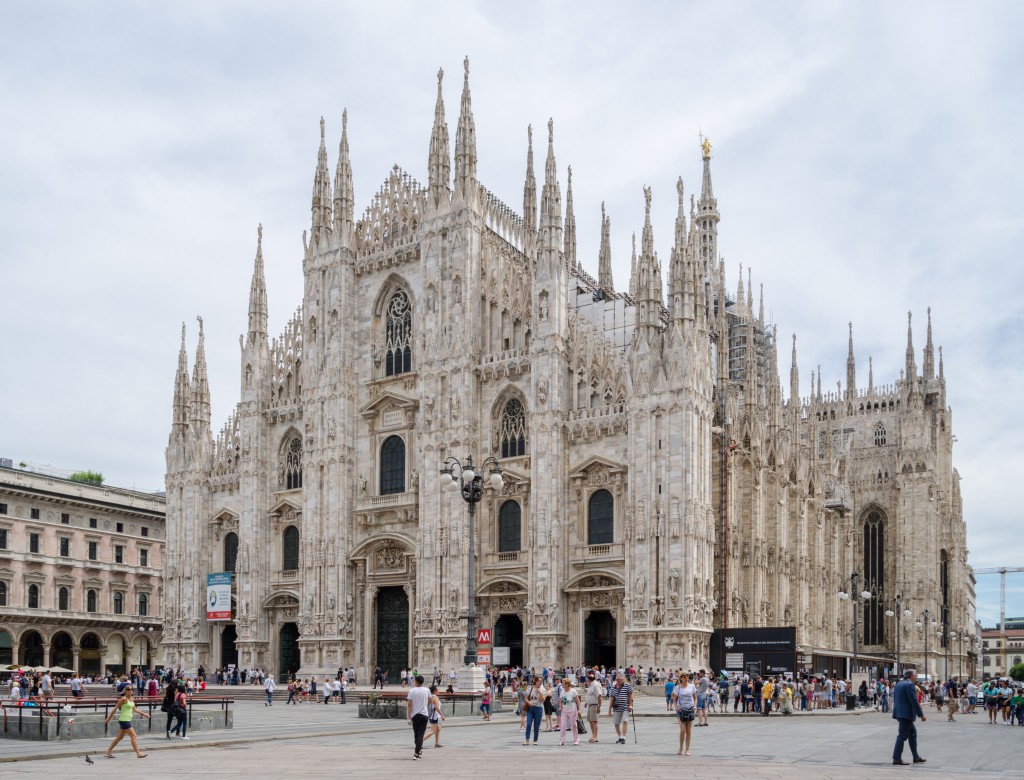

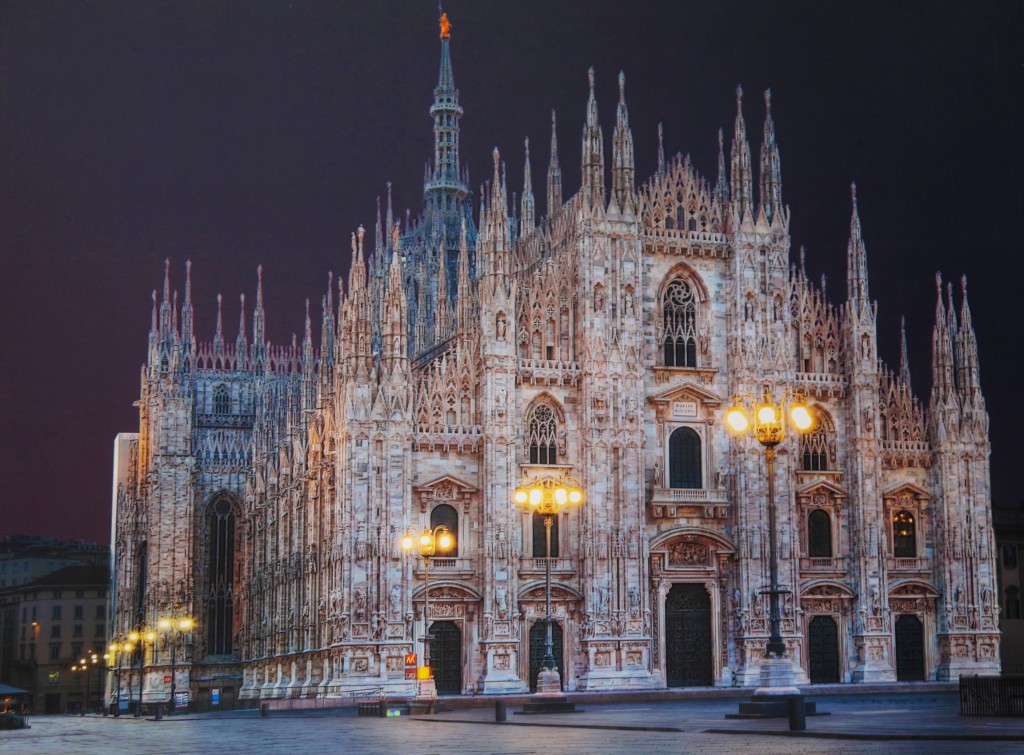
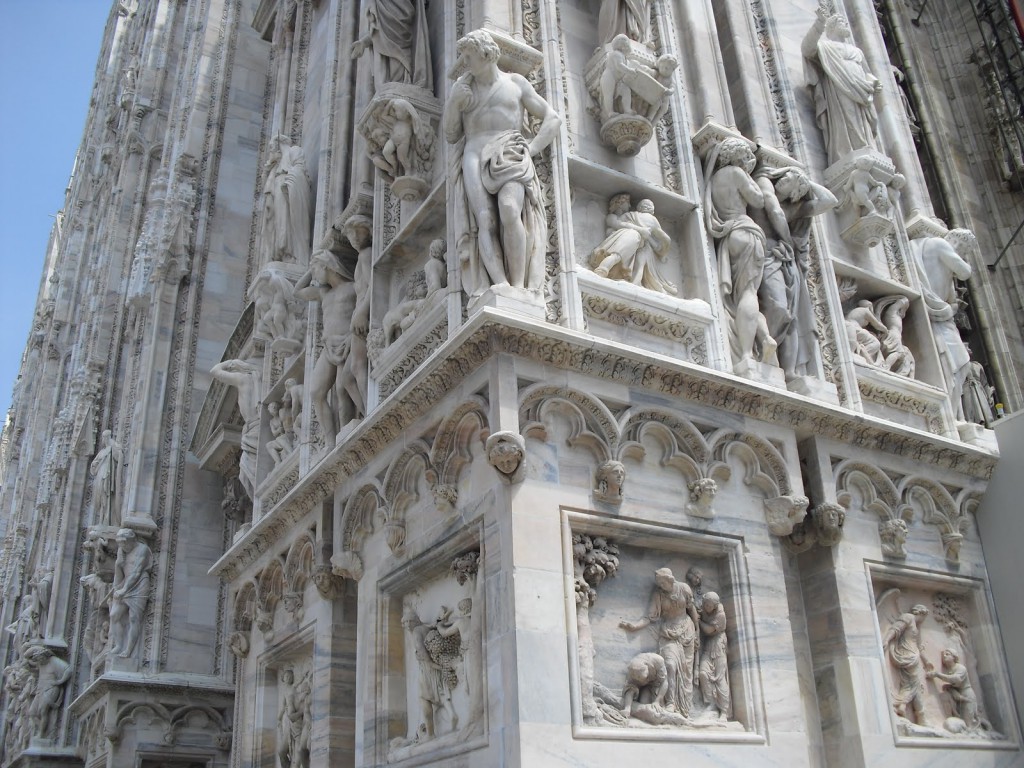
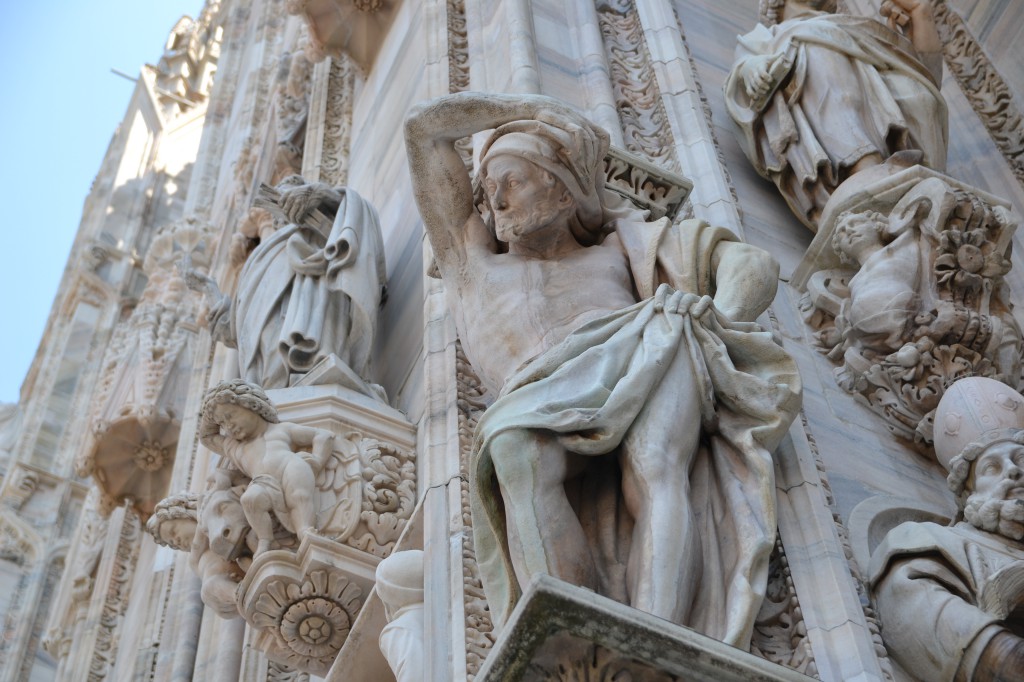
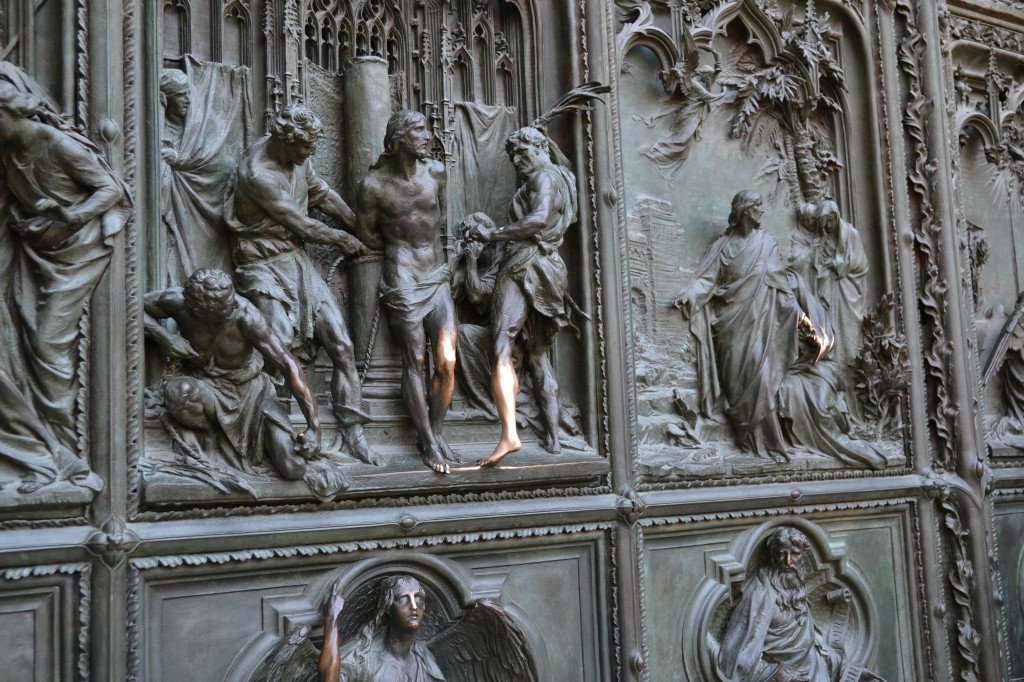
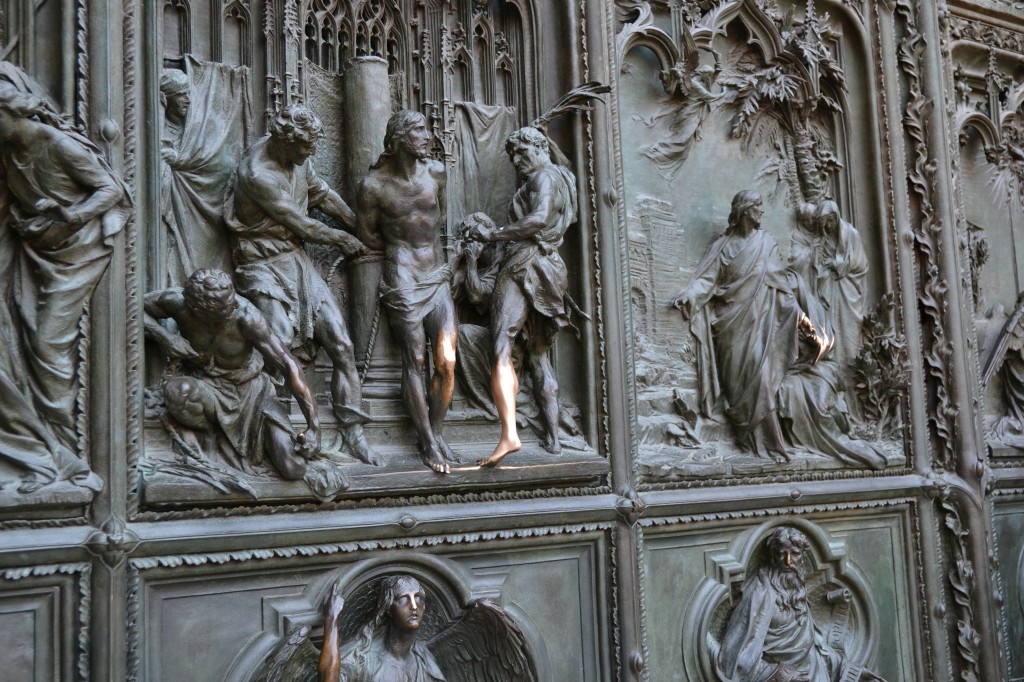
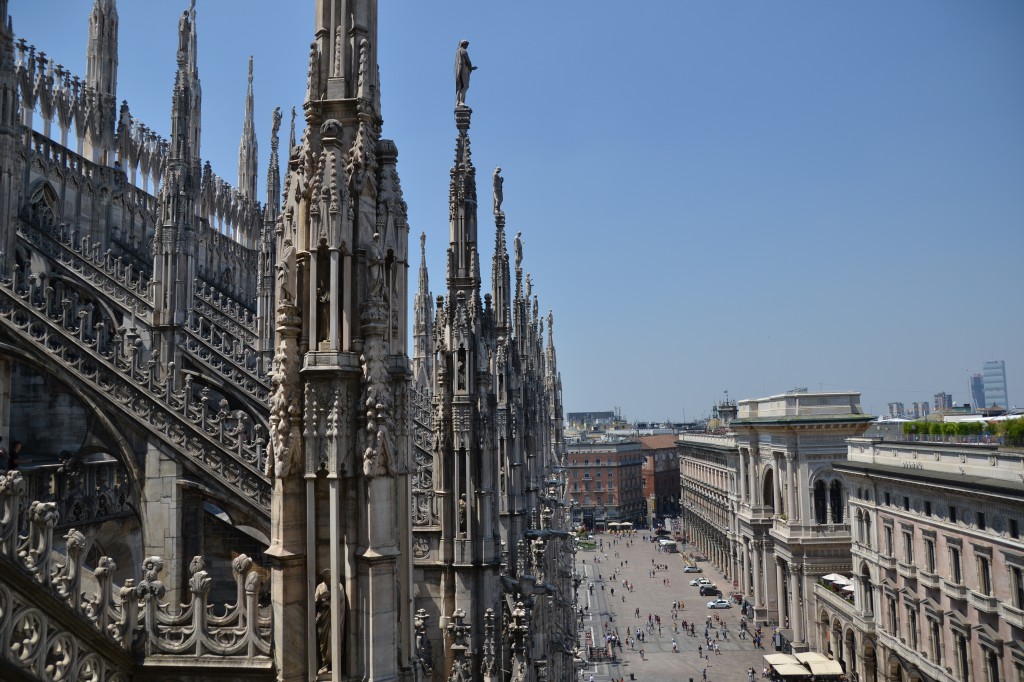
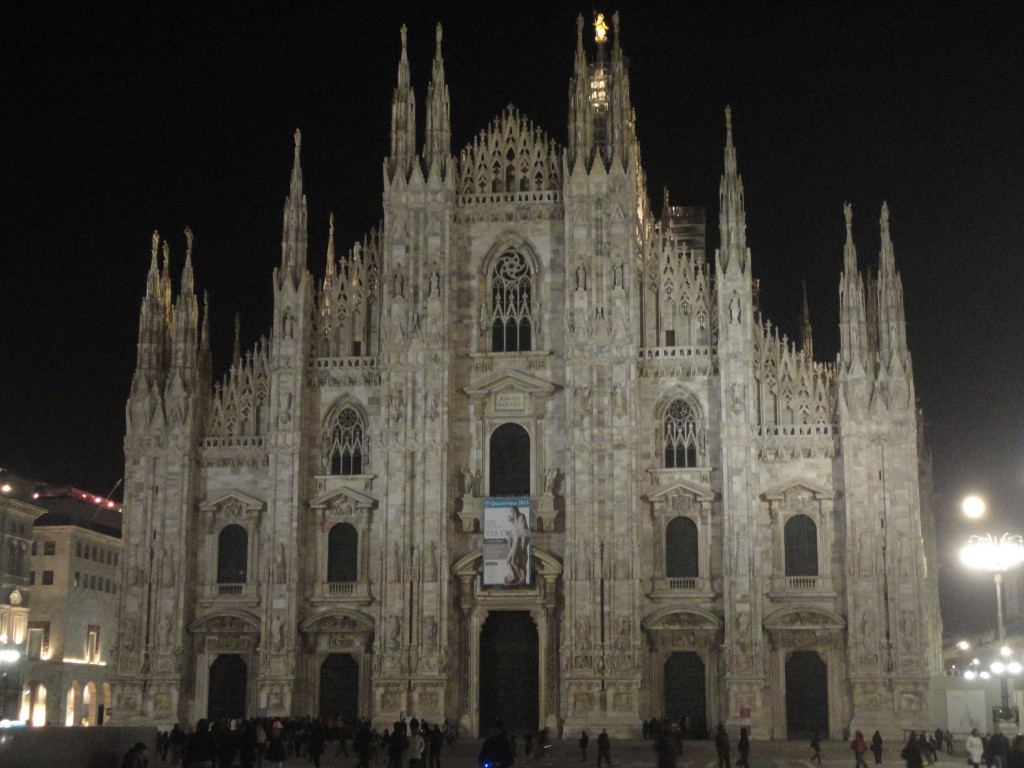
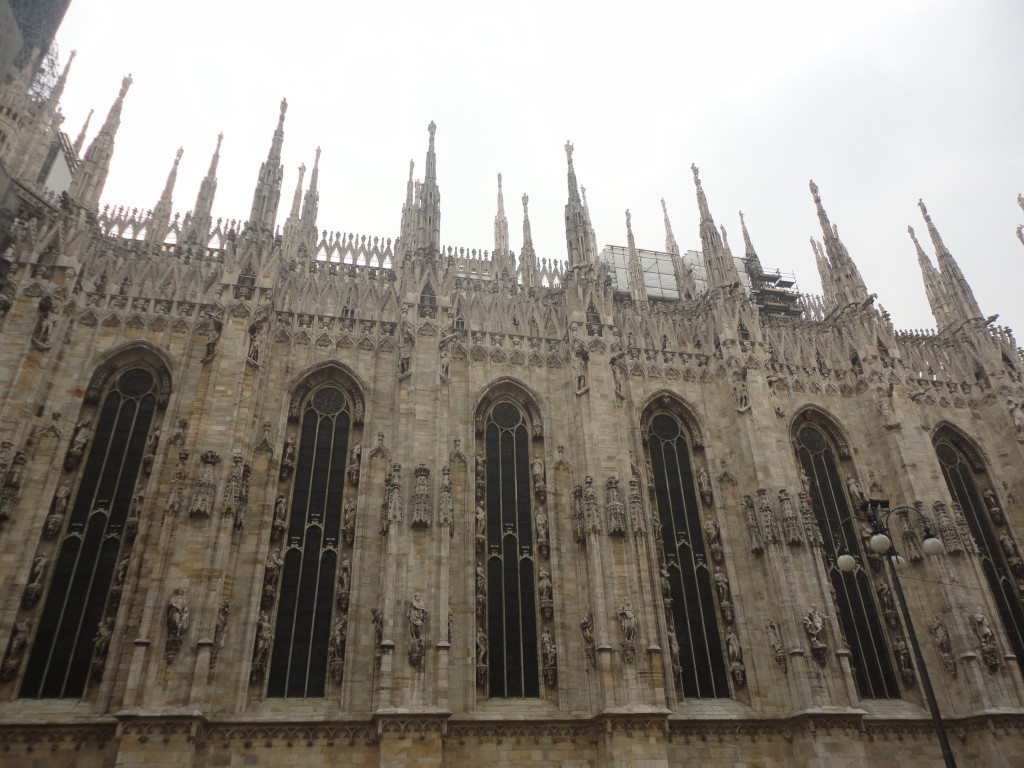
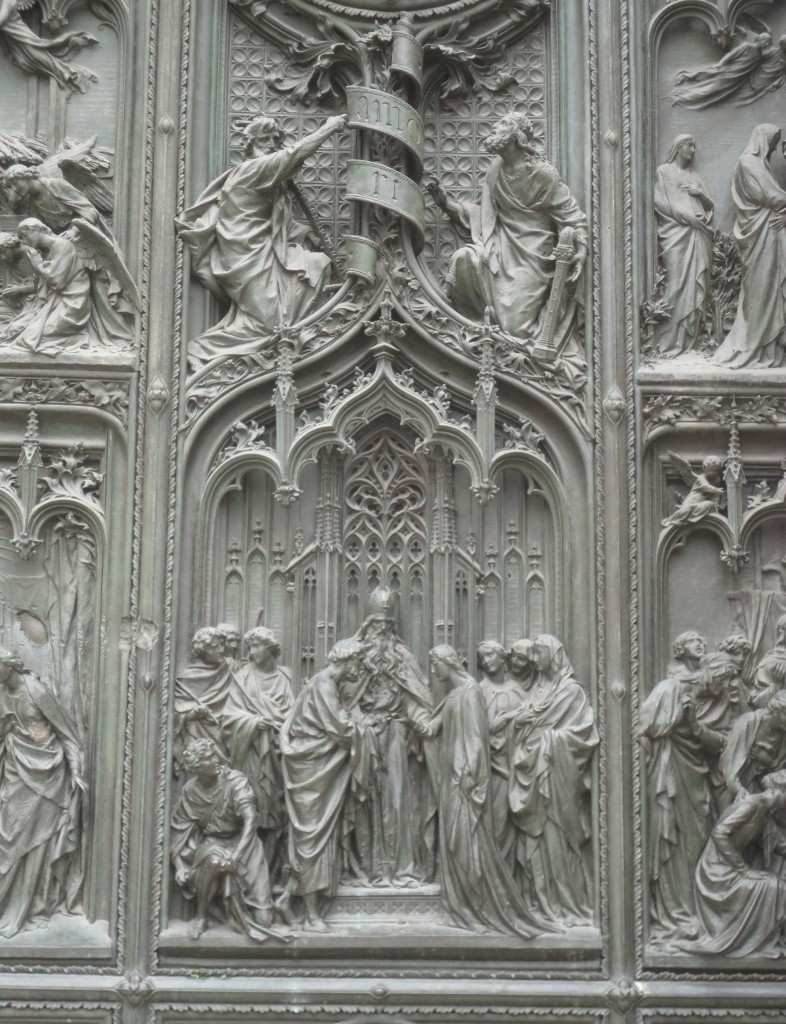
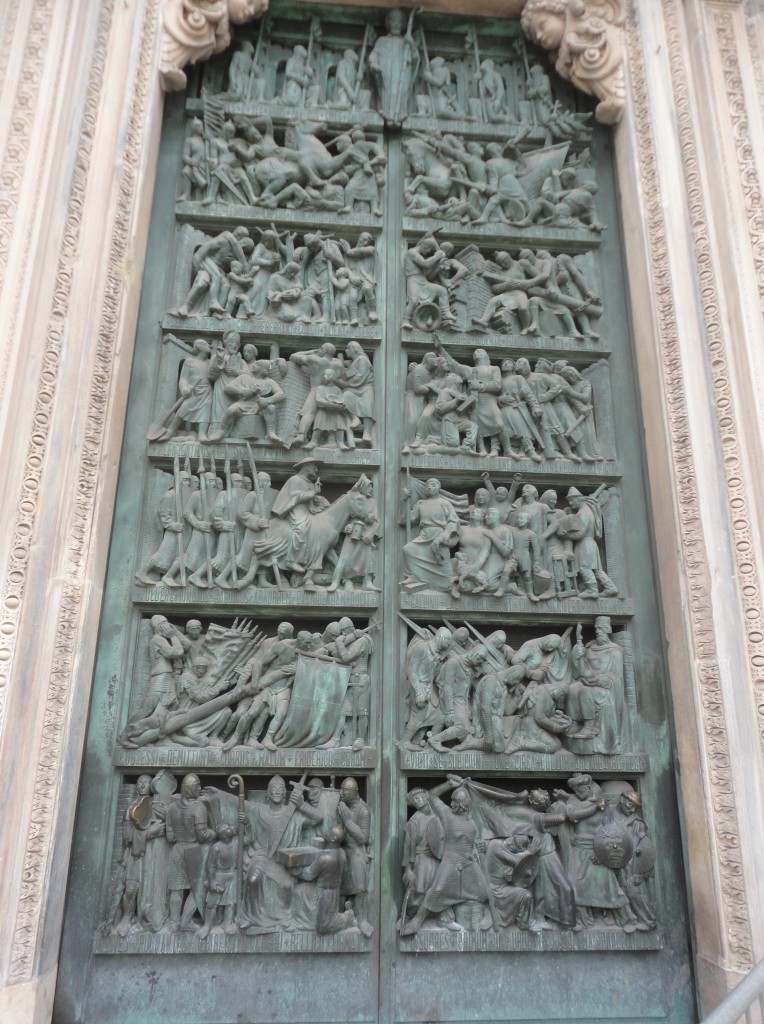
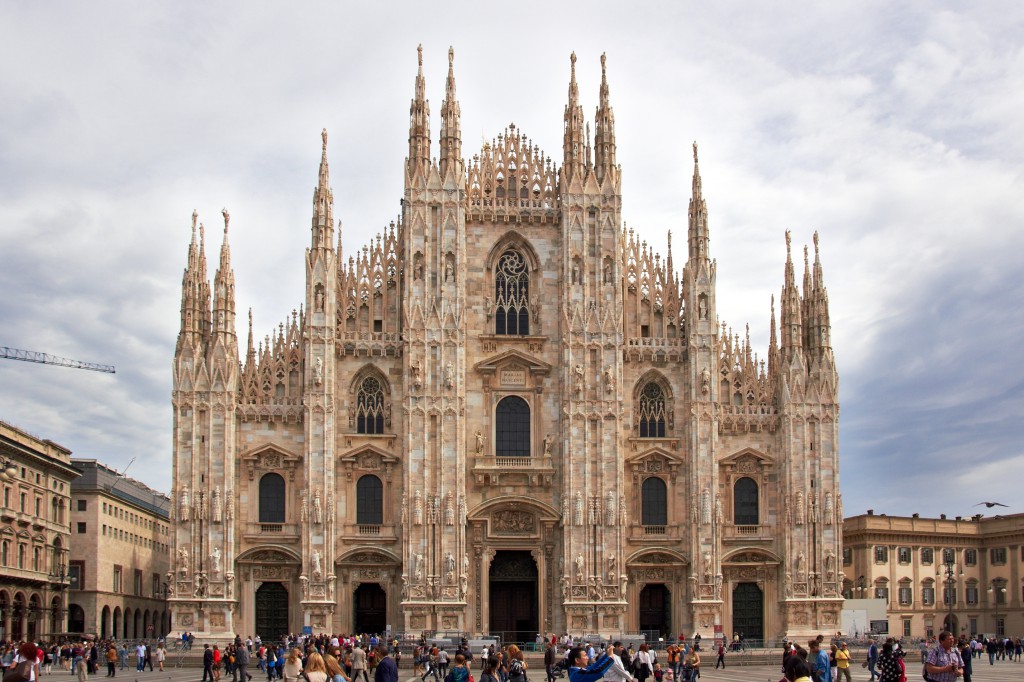
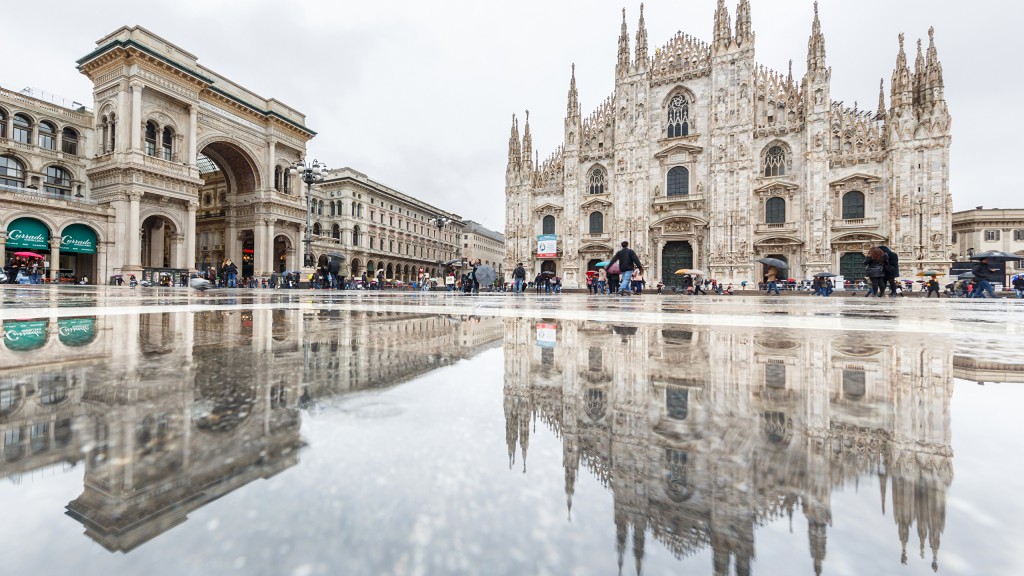
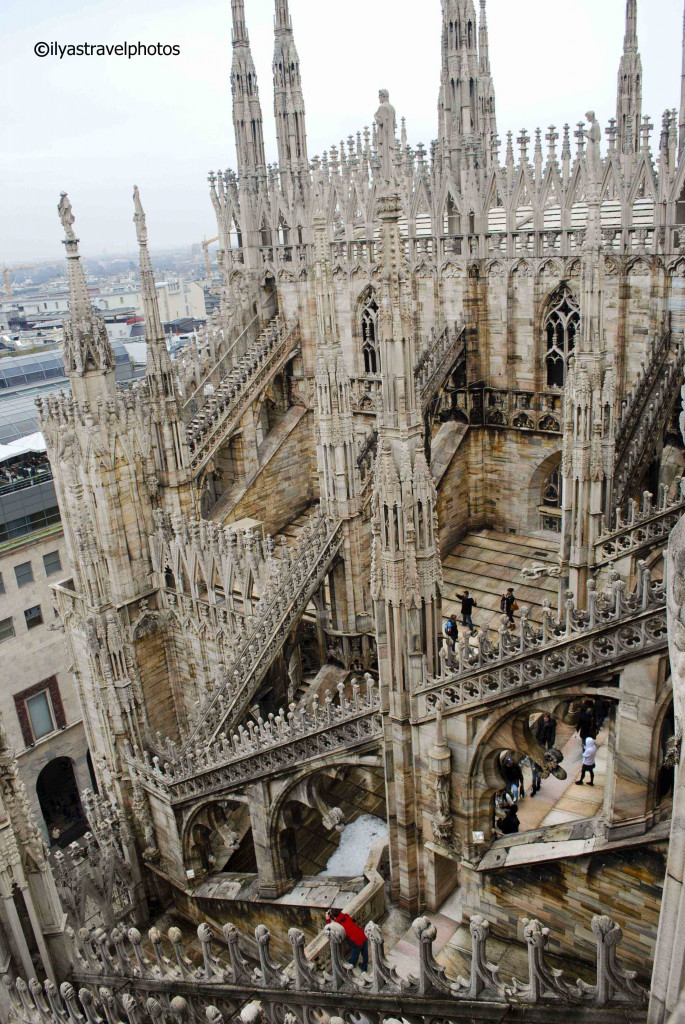
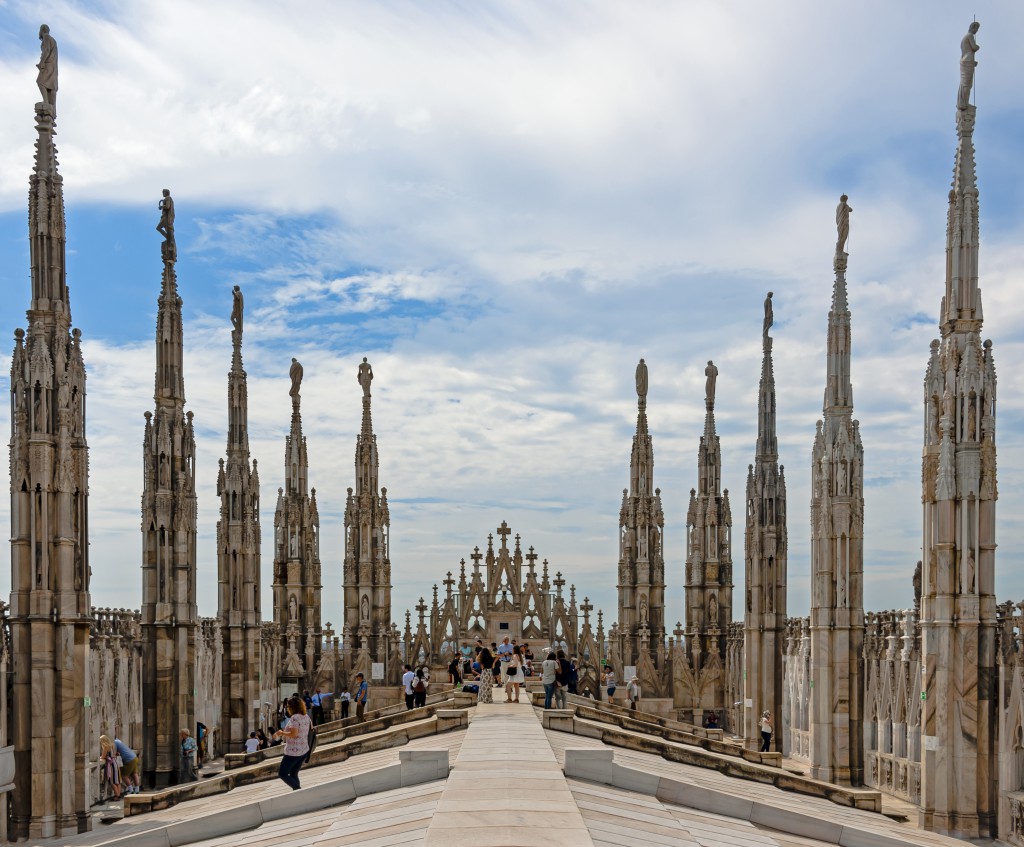
The above article is purely for appreciation and sharing purposes, as well as the construction of new technology and the public can be in-depth understanding of the information at the same time there are sources, will be able to query, no use of the document as a commercial transaction, if illegal, please inform the We will immediately remove the site, thank you for cooperation.
以上文章純粹作為欣賞及分享用途,以及將建築新型技術傳遞給與大眾能夠深入了解,同時資料還有來源,將可查詢,絕無使用該文件資料作為商業交易行為,如有違法請務必告知該網站我們將立即處理撤除,謝謝合作。

